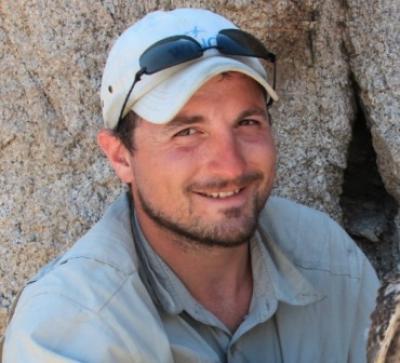Jake Mohlmann on his recently completed tour, Northern Argentina: High Andes, the Chaco and Iguazú Falls
We recently completed another successful tour around Northern Argentina and ended up finding 462 species of birds as we travelled just over 2000 kilometers through the Yungas cloud forests, arid Altiplano, dry Chaco Woodlands, and wet lowland Rainforest. Birds, butterflies, and mammals abounded as we enjoyed near perfect weather with cool nights for sleeping and warm days for hiking.
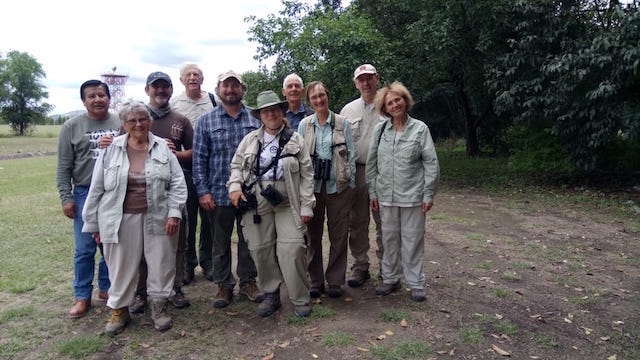
Our group ready to tackle the Andes
It’s really no surprise why the Red-crested Cardinal, actually a tanager, graces the cover of Argentina’s most popular field guide. At Costanera Sur we all got great pictures as one sat and sang very close for several minutes as the light was slowly fading.
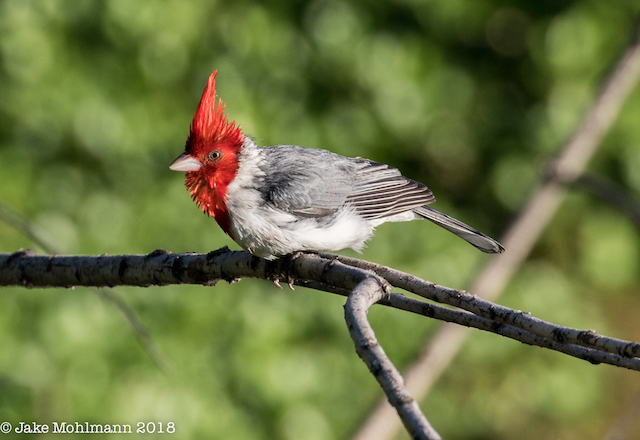
The striking Red-crested Cardinal
It's worth noting that we saw the entire family of Cariamidae, or the Seriemas. In the transition zone between the hot steamy Yungas forest and dense Chaco a group of four Red-legged Seriemas popped out of the trees right beside our van and we watched in amazement as they slowly stalked through the short grass looking for lizards. Nearby below the towering cliffs of scenic Juramento Canyon we ran into a Black-legged Seriema and watched as it repeatedly burst into treetop ‘song’ in territorial defense.
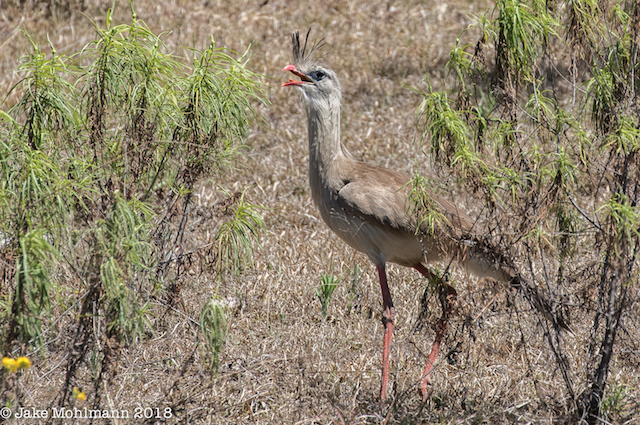
Red-legged Seriema searching for food
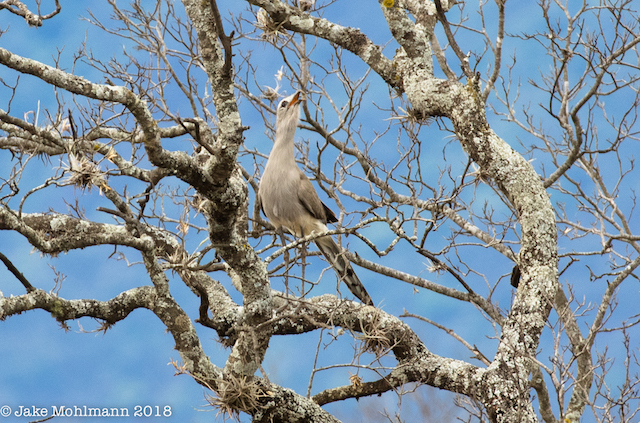
We got goose bumps hearing this Black-legged Seriema scream
Hummingbirds were one group that put on quite the show this year. An amazing 19 species were recorded including the small but bright Slender-tailed Woodstar, no less than five Giant Hummingbirds, and several gaudy male Red-tailed Comets. We even added the electric Blue-tufted Starthroat to the cumulative species list.
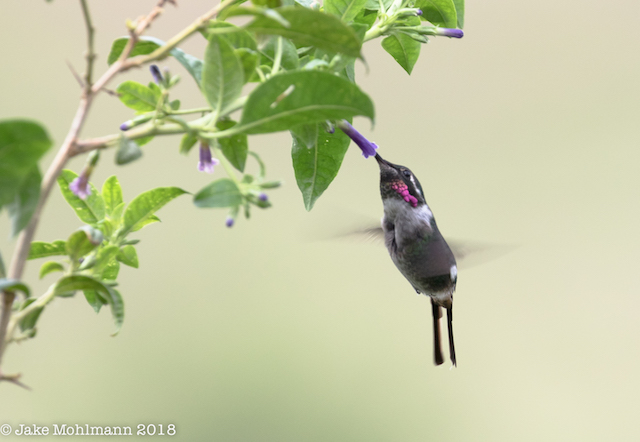
A brilliant male Slender-tailed Woodstar
We lucked into spotting a Black-and-chestnut Eagle nest high on a hillside and watched as the adult tended to the recently hatched young. Perhaps a young of last year from this very nest was the individual that kept us in awe as it soared overhead catching a thermal.
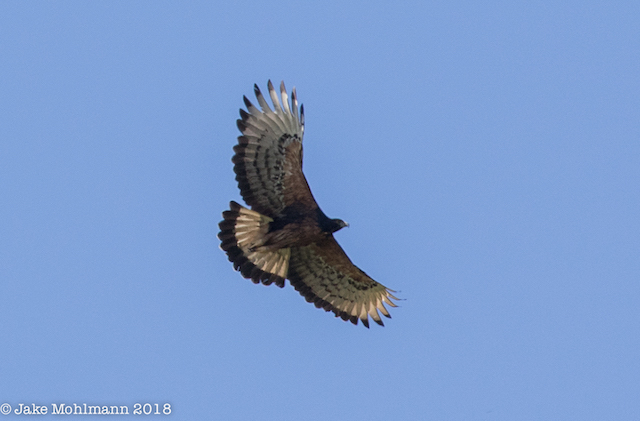
A Black-and-chestnut Eagle glides overhead.
As we gained elevation in the high Puna habitat we scoured several side canyons each with their own interesting species. A short stroll down a two-track on the Bishop’s Slope caused us to flush 30 Bare-eyed Ground-Doves that left in a flurry. Luckily one of them decided to check us out before leaving and posed on a rock wall long enough for all to see the vibrant orange facial skin of this Argentine endemic.
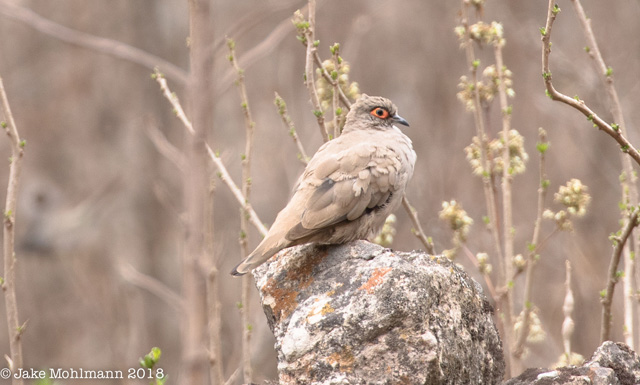
The endemic Bare-eyed Ground-Dove
At elevations exceeding 12,000 feet saline lakes harbored an abundance of birds that choose to breed in this remote location. Three species of Flamingos; Andean, Chilean, and James’s all fed shoulder to shoulder in the briny brew. Puna Teal, Puna Ibis, and Puna Plovers were only found here and a major highlight was a roadside Andean Avocet with drastically curved bill.
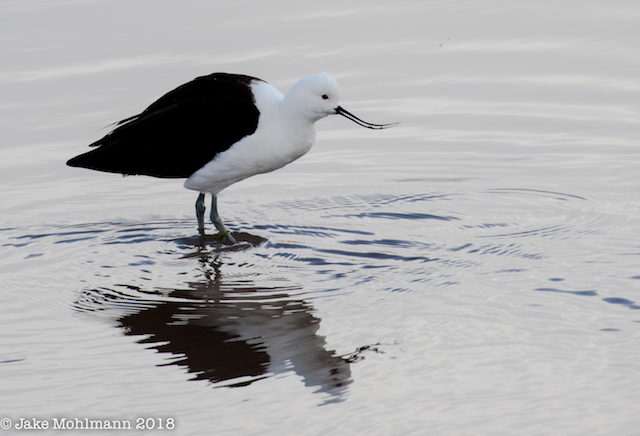
The amazing bill of an Andean Avocet.
Spending our last three days amidst the moist rainforests around Iguazu was a great way to end our trip. The flow rate of the Iguazu River was the highest I’ve seen and provided a dramatic setting as it poured over the hundreds of cascades. It always amazes me how the Great Dusky Swift manages to shoot in through the torrent and find their nest’s location every time.
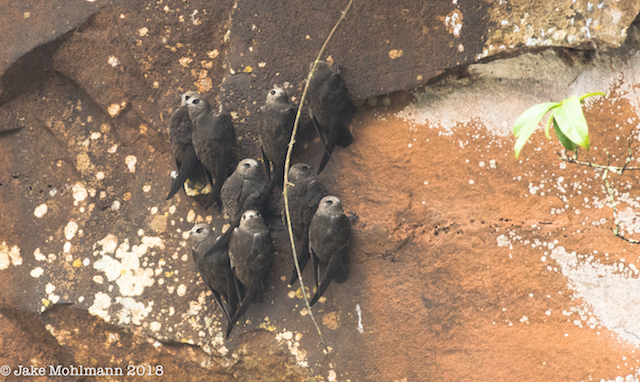
Great Dusky Swifts cling to the rocks behind Iguazu Falls.
A slight change in itinerary this year gave us access to the hill-country east of the falls and ended up allowing us to add 10 new species to the cumulative list! Such delights here were Araucaria Tit-Spinetail, White Woodpecker, Planalto Tapaculo and surprisingly good looks at the secretive Riverside Warbler.
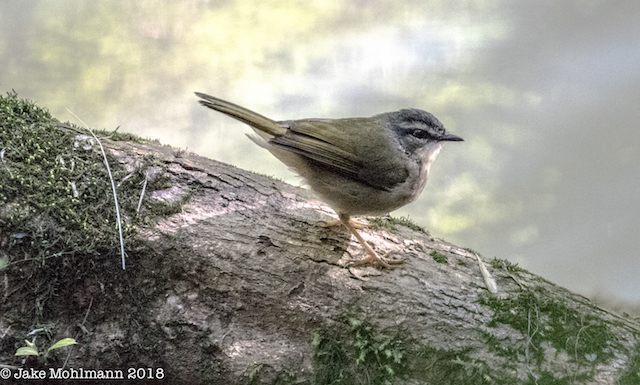
An unusually good look at a Riverside Warbler
